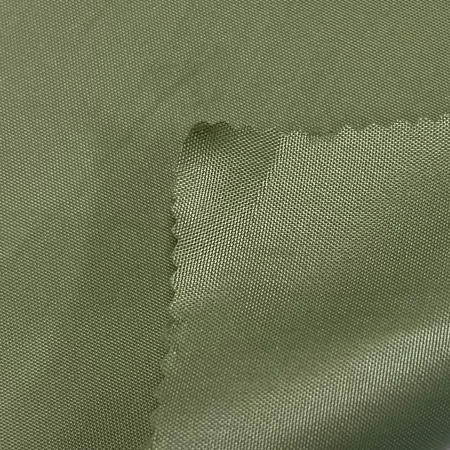Considerations for Environmental and Sustainability Aspects of Outdoor Sleeping Bag Fabrics
Raw Material Selection
Renewable and Recyclable Materials: Prefer the use of renewable and recyclable raw materials, such as organic cotton, bamboo fibers, and recycled polyester fibers. These materials have a lower environmental impact during production and can be recycled after use, reducing resource waste.
Biodegradable Materials: Consider using biodegradable materials that gradually decompose in natural environments, thereby reducing long-term environmental pollution. However, it is important to note that the application of biodegradable materials in outdoor sleeping bag fabrics may still be relatively limited.
Environmental Friendliness of the Production Process
Energy Saving and Emission Reduction: Employ energy-saving and emission-reducing technologies and equipment during production to minimize energy consumption and greenhouse gas emissions.
Wastewater and Exhaust Gas Treatment: Effectively treat wastewater and exhaust gases generated during production to ensure they meet environmental standards before discharge, thus reducing environmental pollution.
Durability of the Fabric
Enhanced Durability: Improve the fabric's durability, abrasion resistance, tear resistance, and aging resistance through optimized design and processes to extend the lifespan of the sleeping bags. This not only reduces the frequency of replacement and resource waste but also reflects environmental and sustainability goals.

Recycling and Reuse
Recycling Program: Brands should establish recycling programs for sleeping bag fabrics, encouraging consumers to recycle used sleeping bags. Recycled fabrics can be reprocessed or reused to reduce the demand for new resources.
Circular Economy: Promote the development of a circular economy by integrating recycled fabrics into the circular economy system to maximize resource utilization.
Environmental Certifications and Standards
Environmental Certifications: Choose fabrics that have been environmentally certified, such as OEKO-TEX Standard 100 and Bluesign. These certifications impose strict limits on harmful substances in fabrics, ensuring their safety and environmental friendliness.
Compliance with Industry Standards: Adhere to relevant national and industry environmental standards and regulations to ensure that the production and use of sleeping bag fabrics meet environmental requirements.
Considerations for Environmental and Sustainability Aspects of Outdoor Sleeping Bag Fabrics involve raw material selection, the environmental friendliness of the production process, fabric durability, recycling and reuse, and environmental certifications and standards. By comprehensively considering these factors, the environmental and sustainable development of outdoor sleeping bag fabrics can be promoted.















